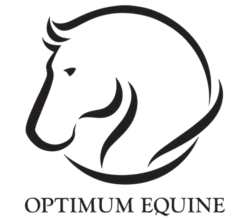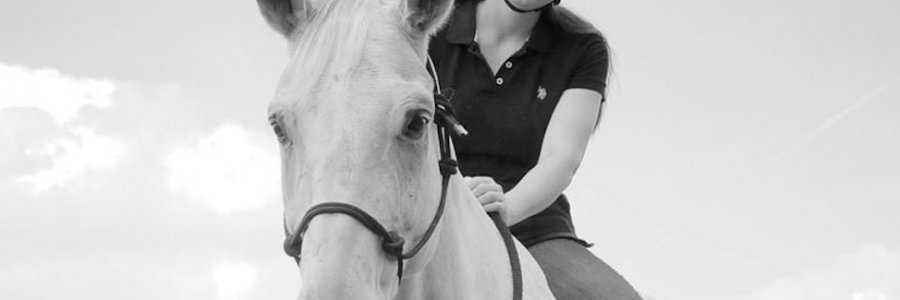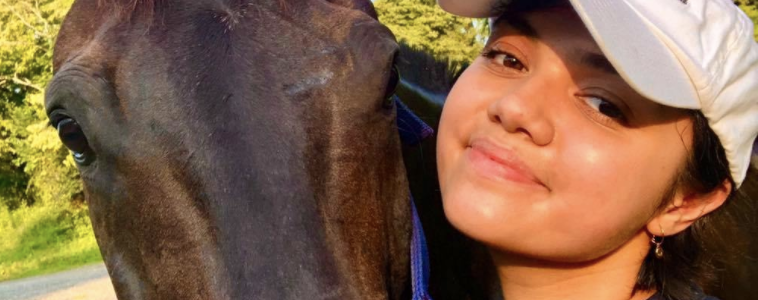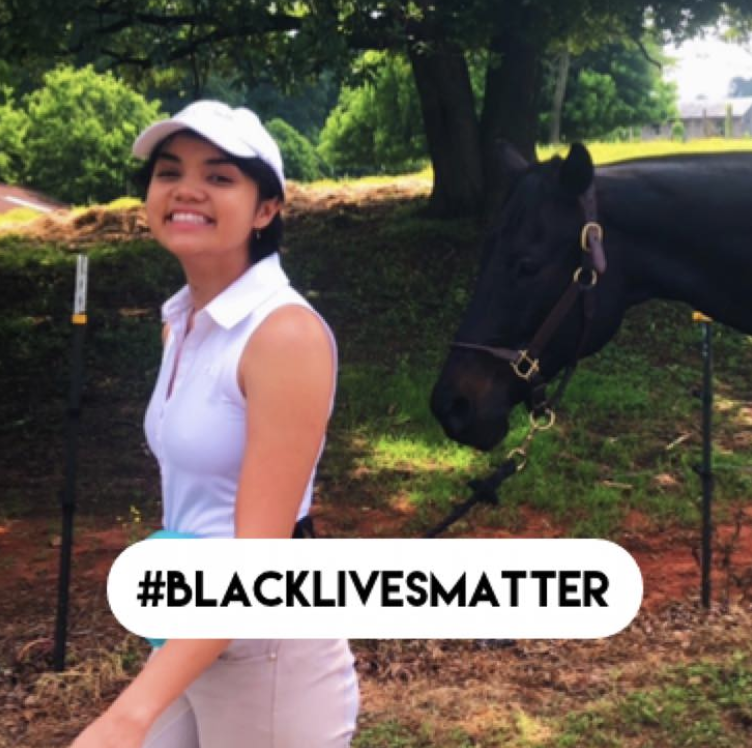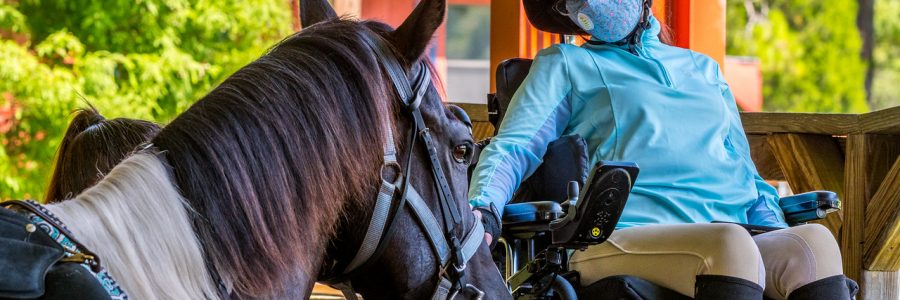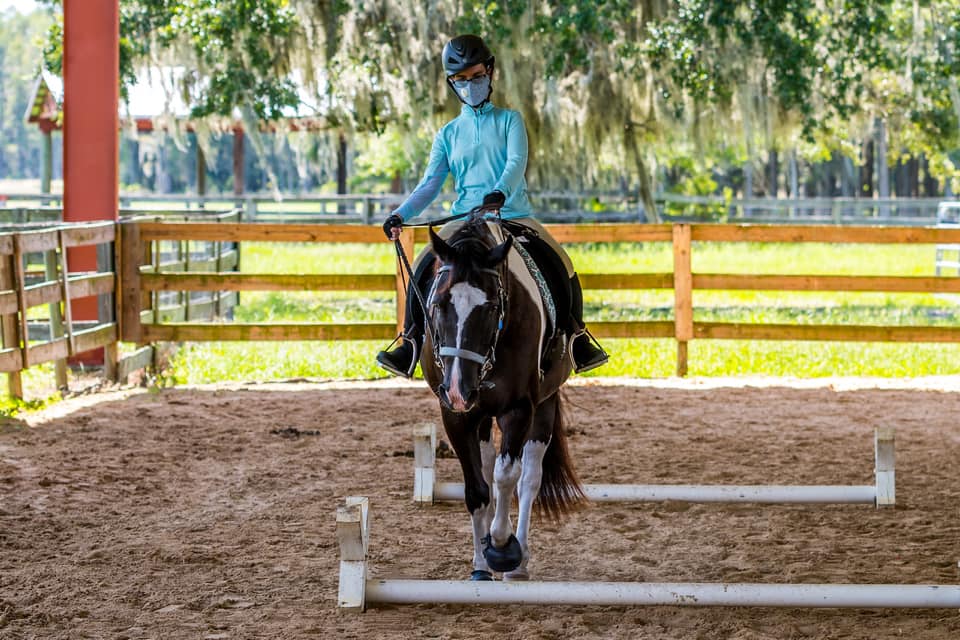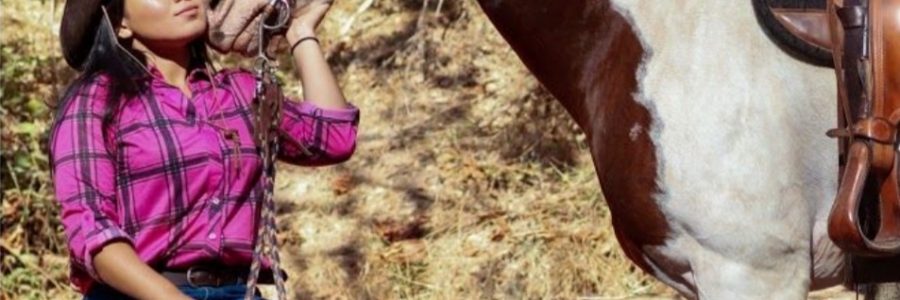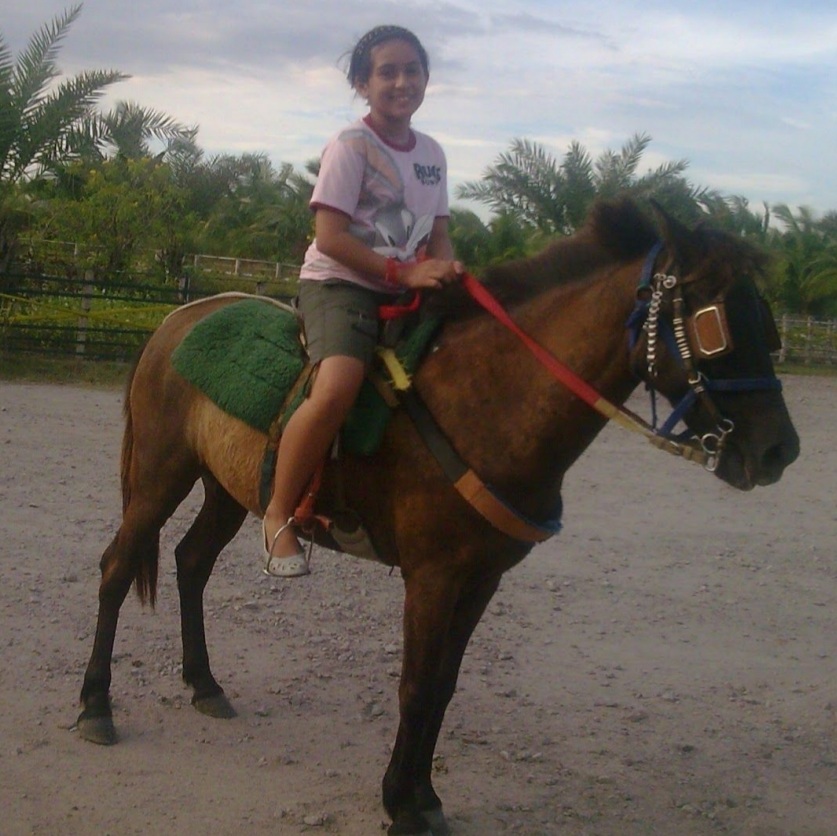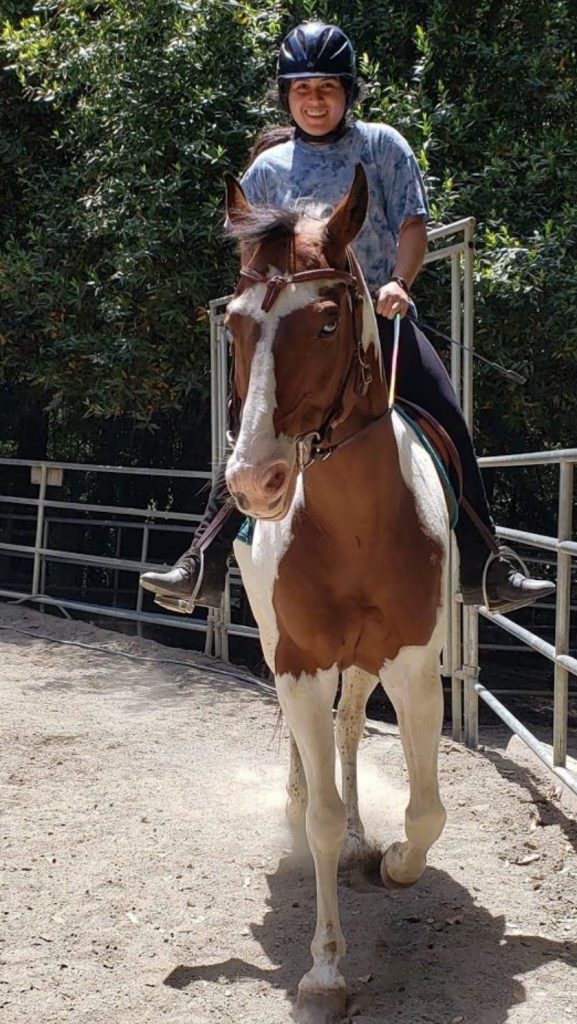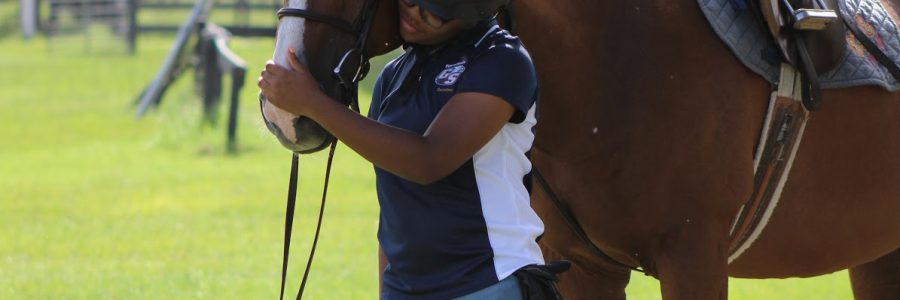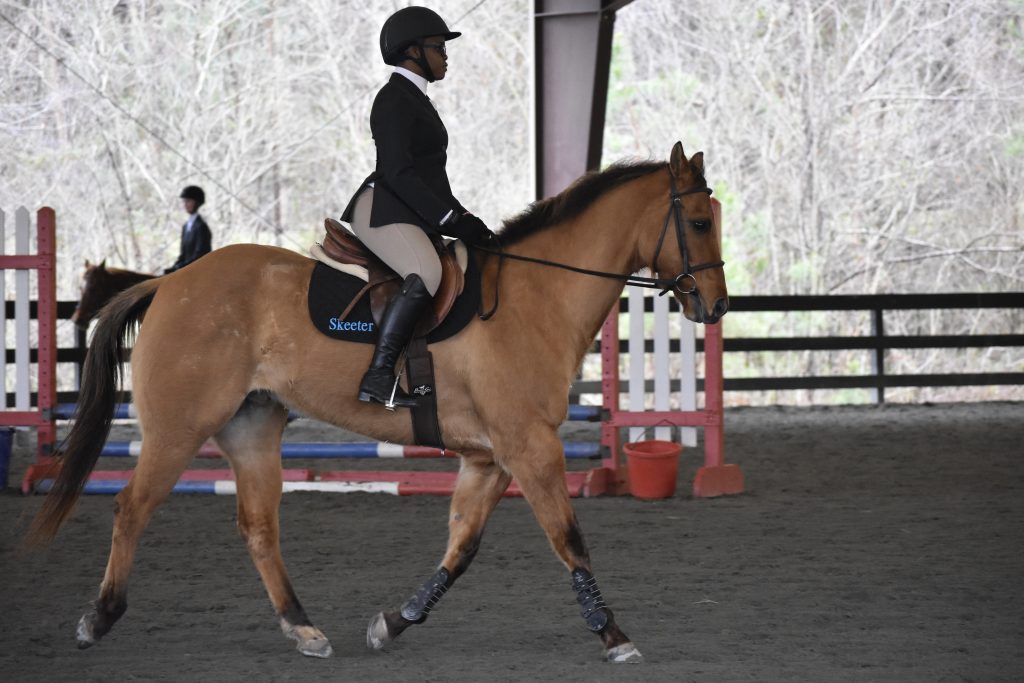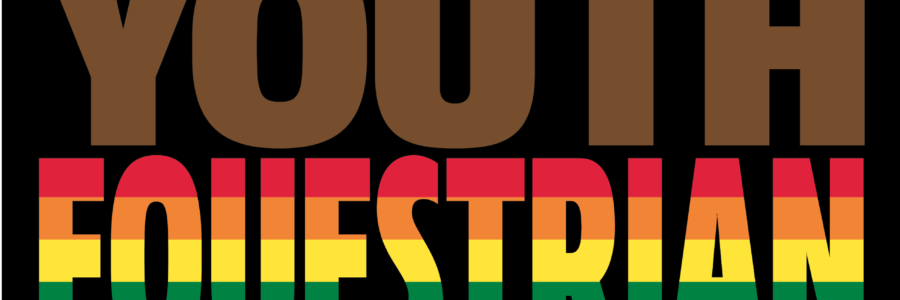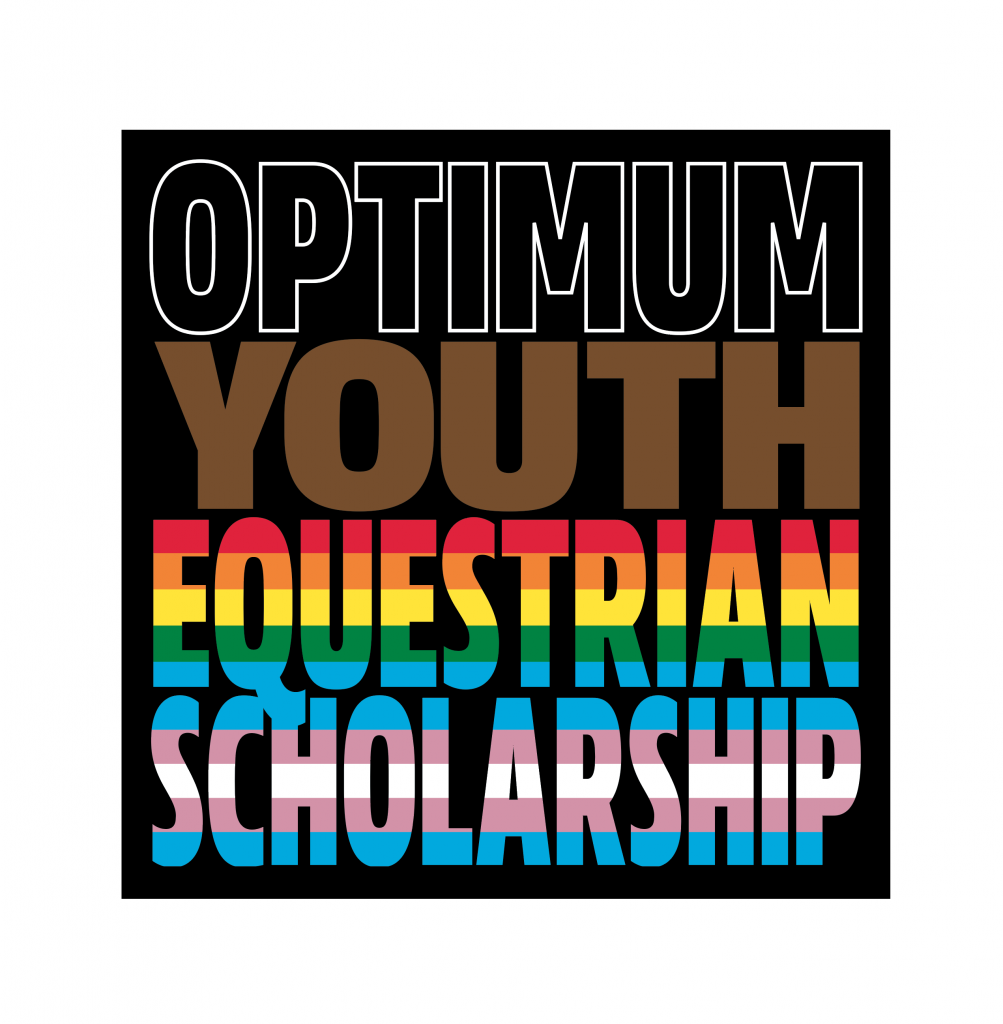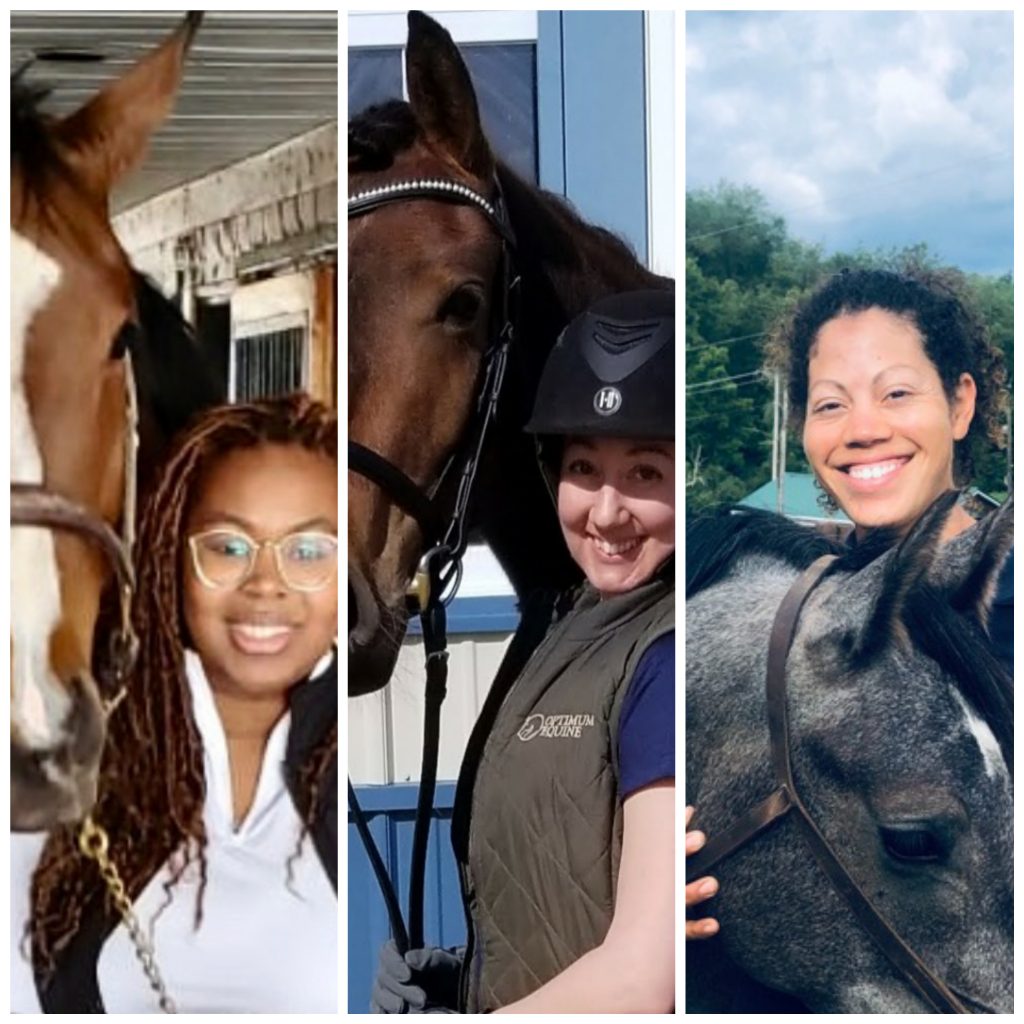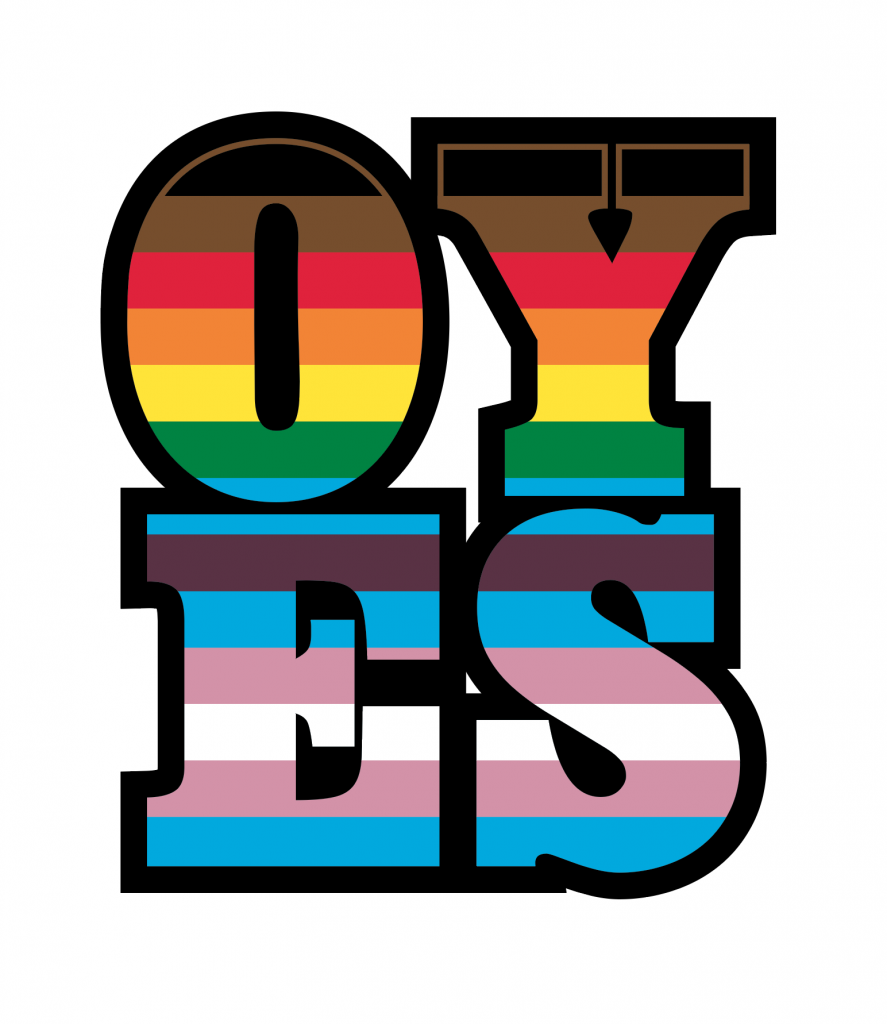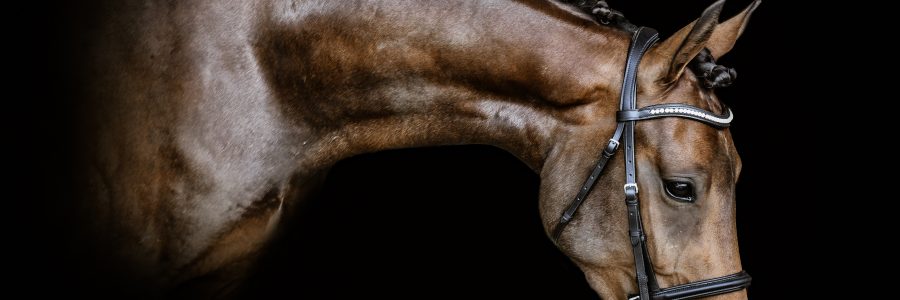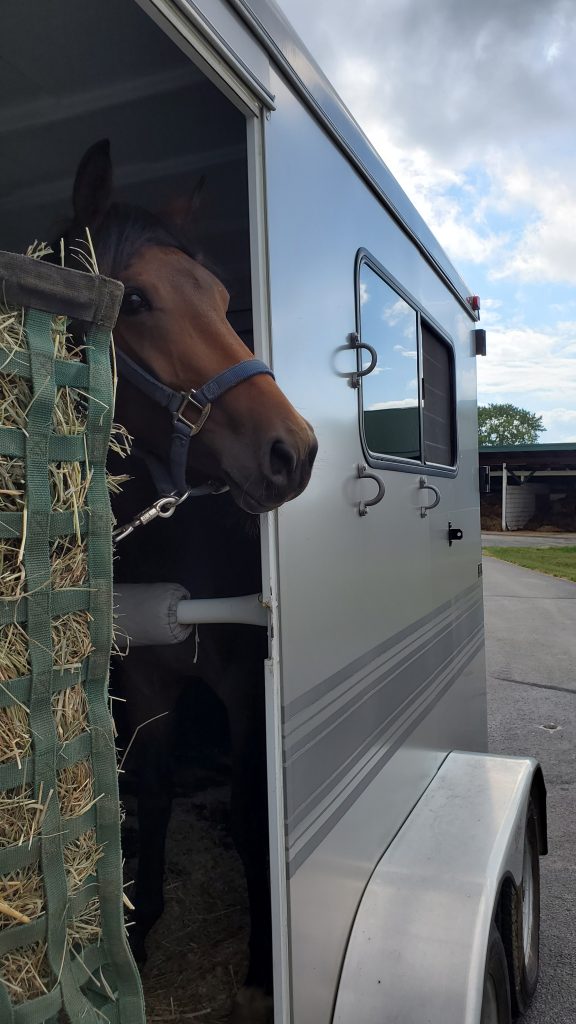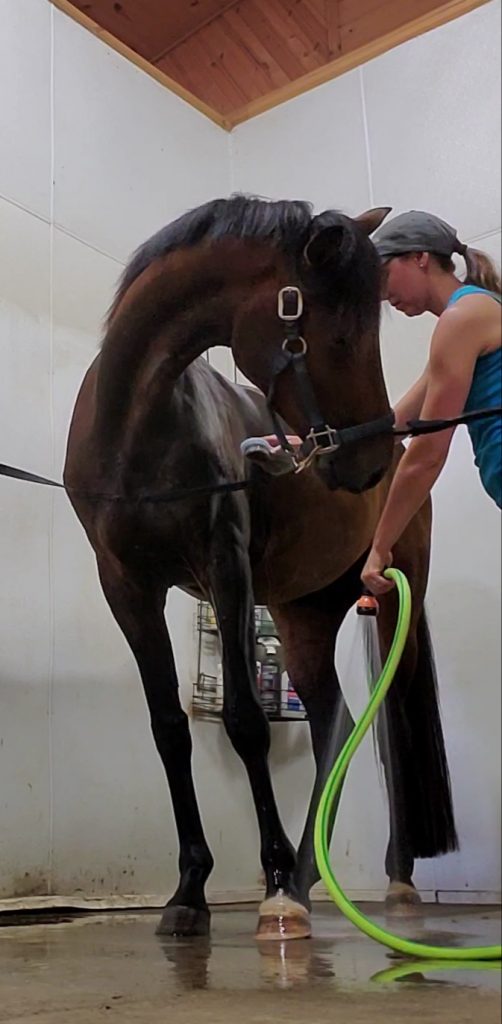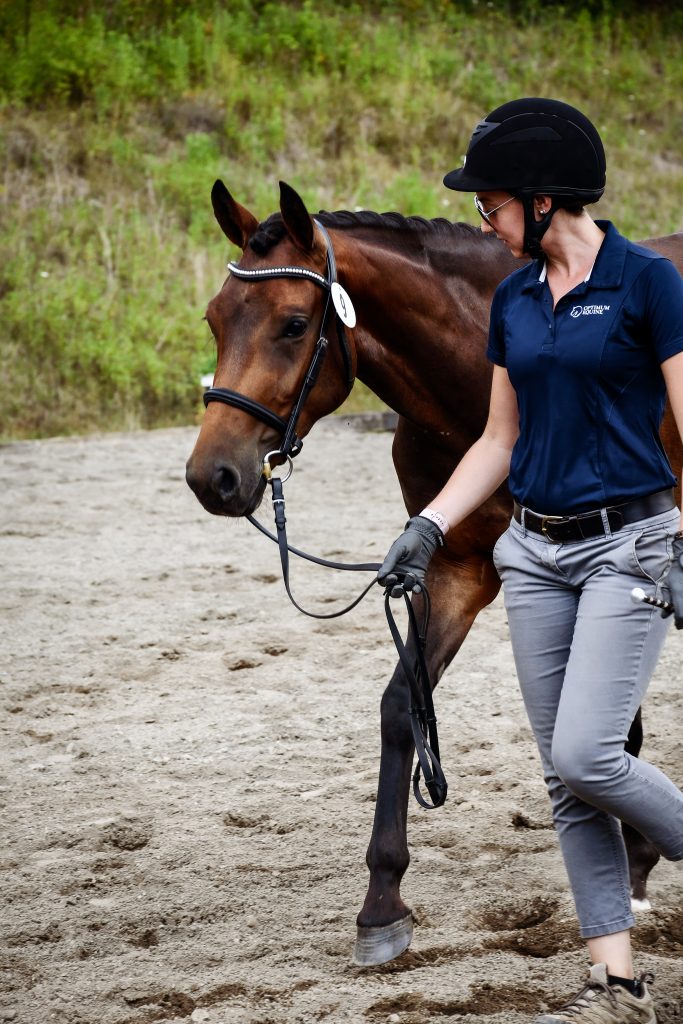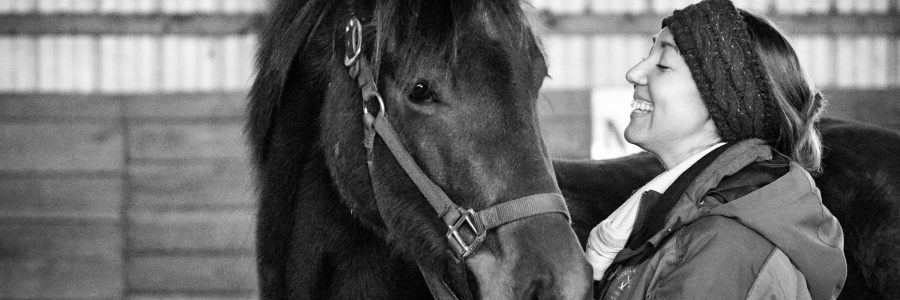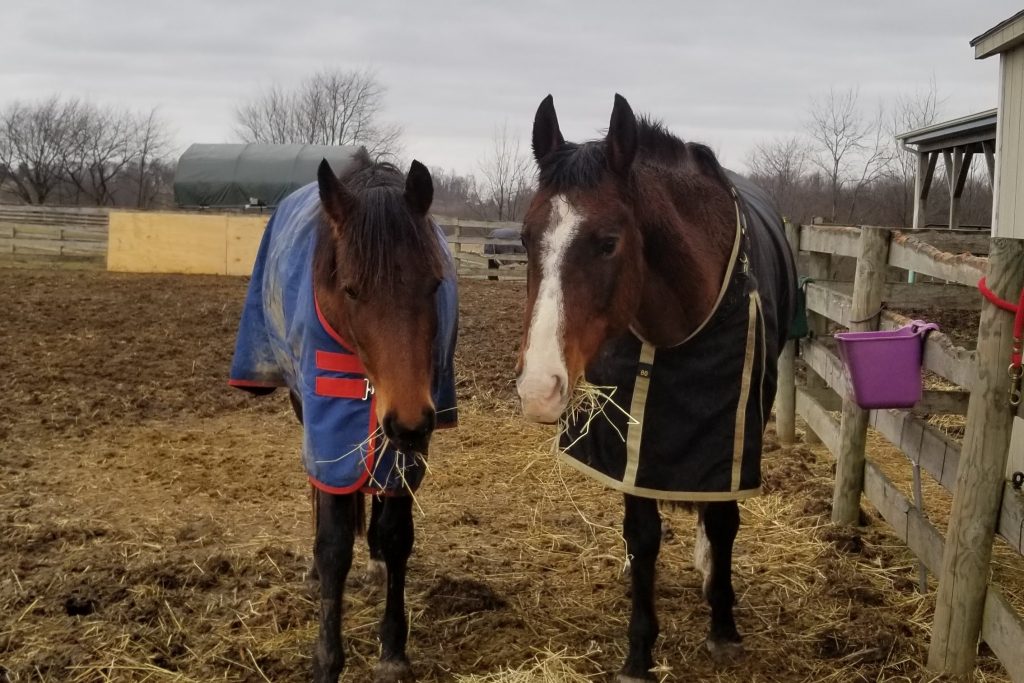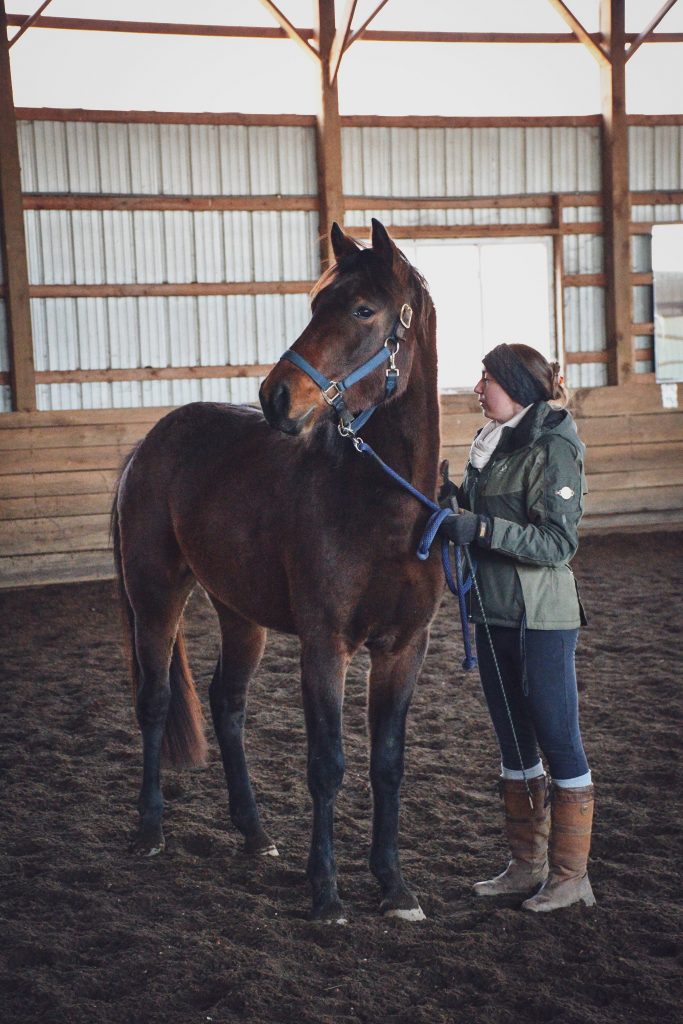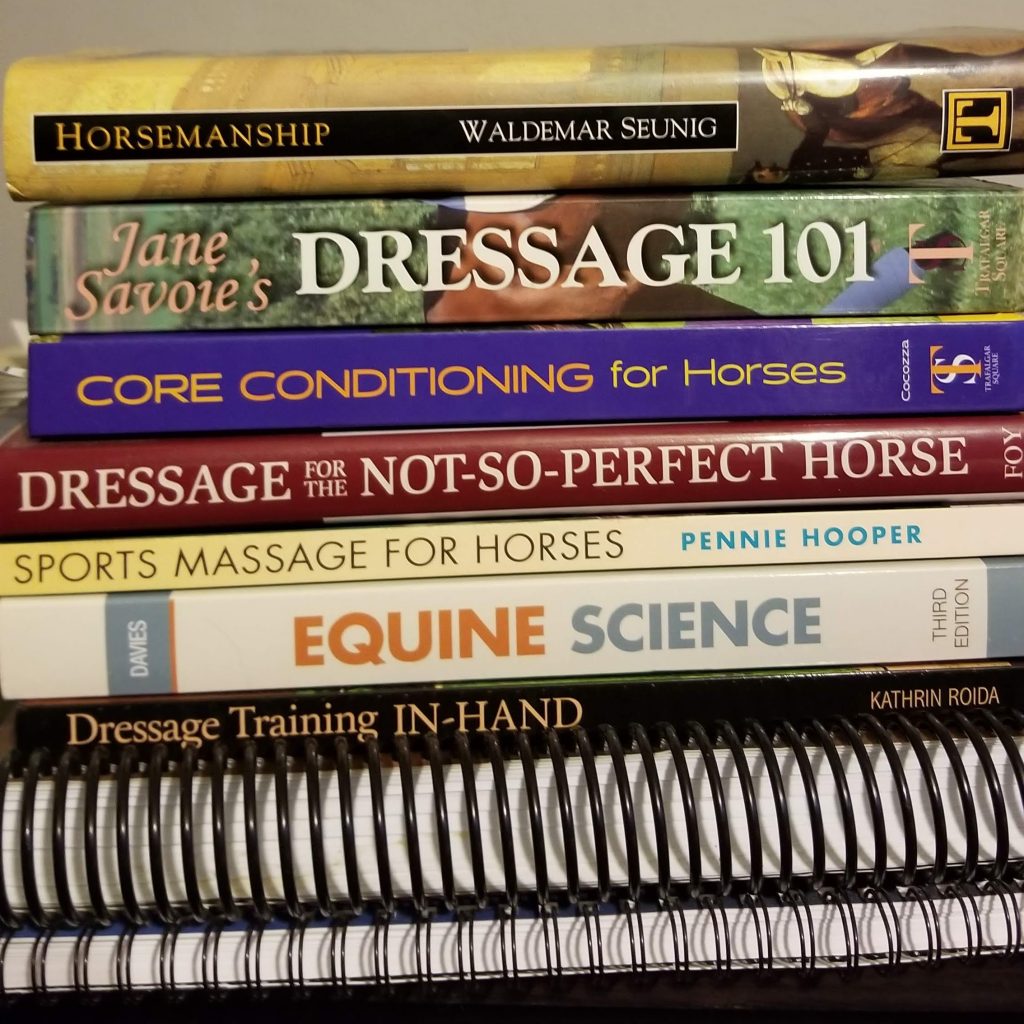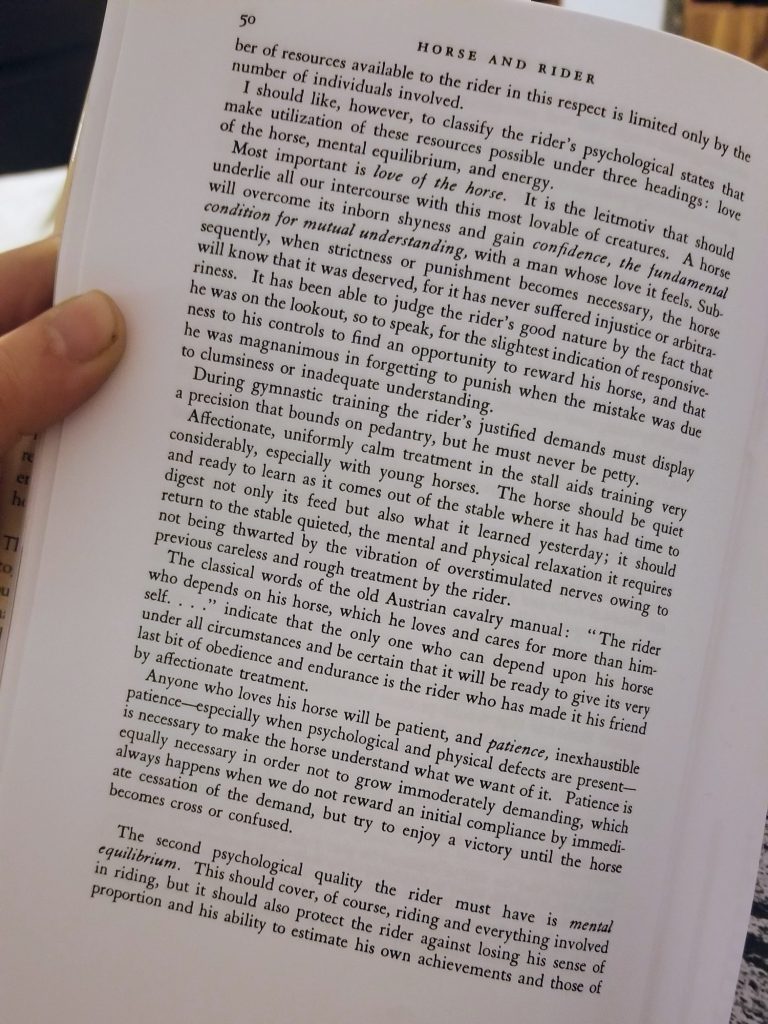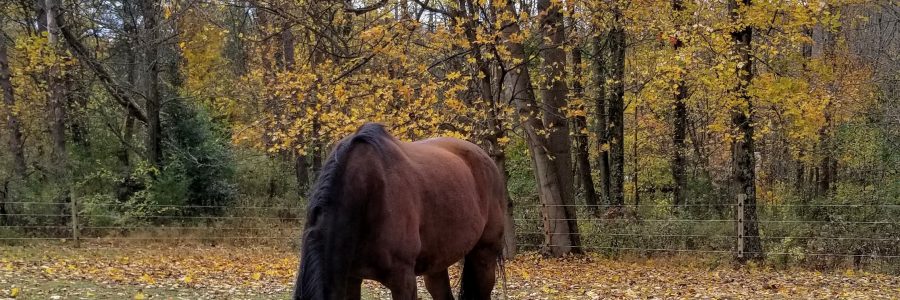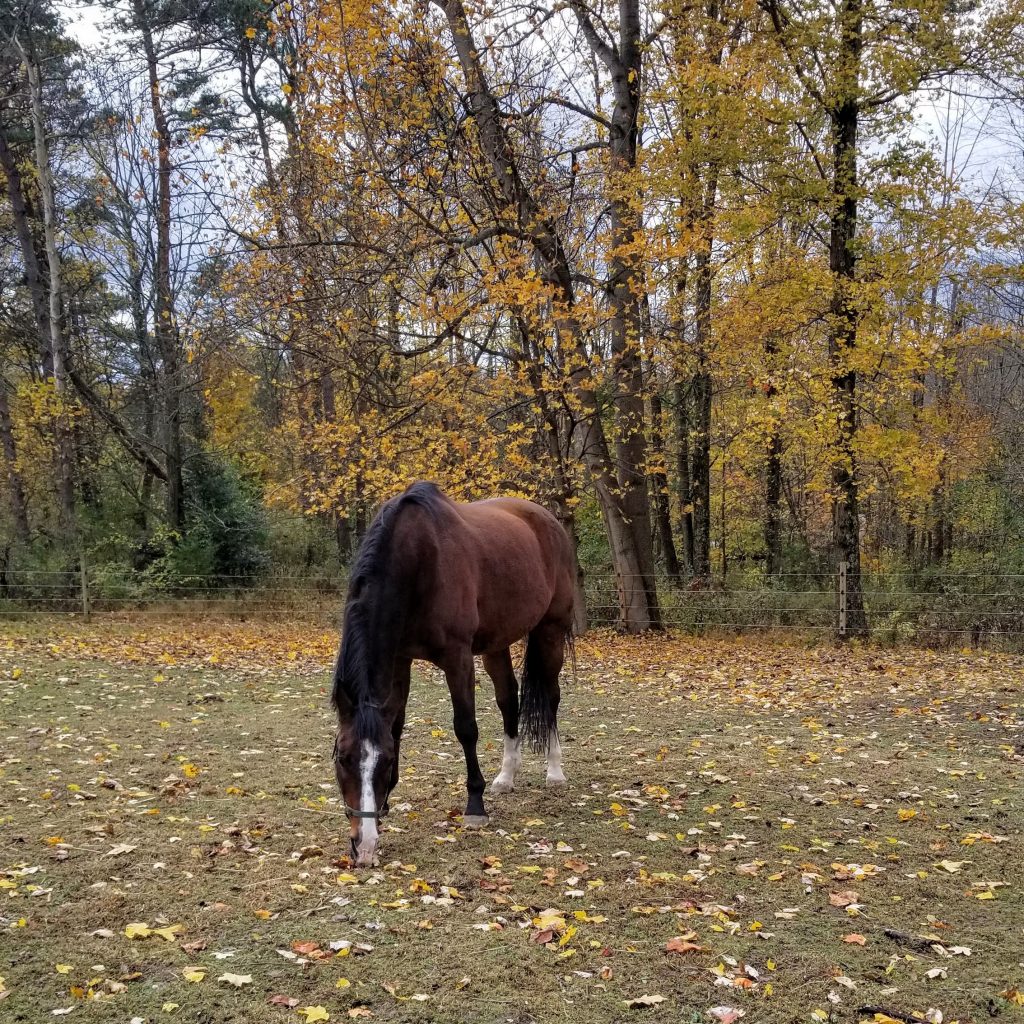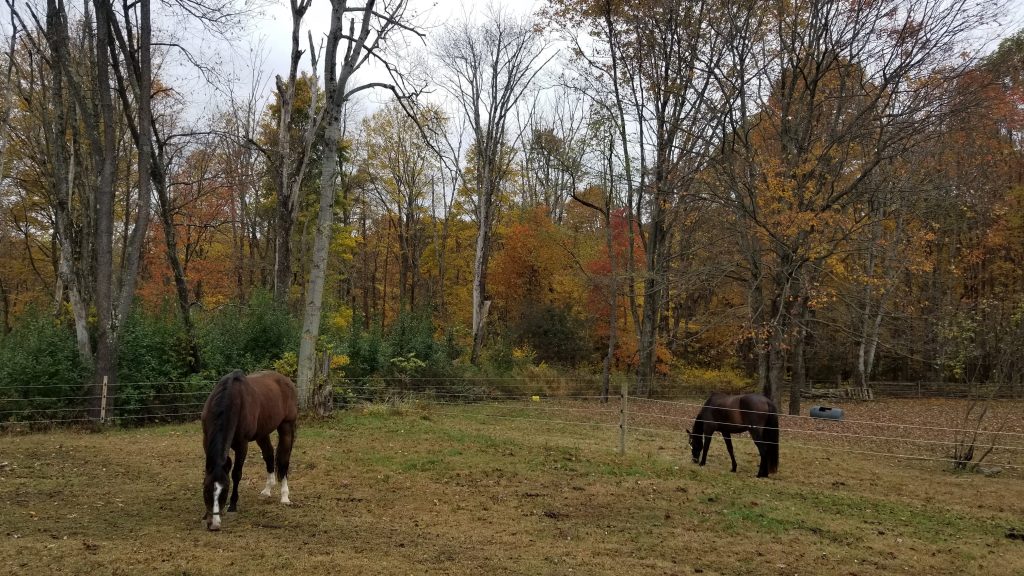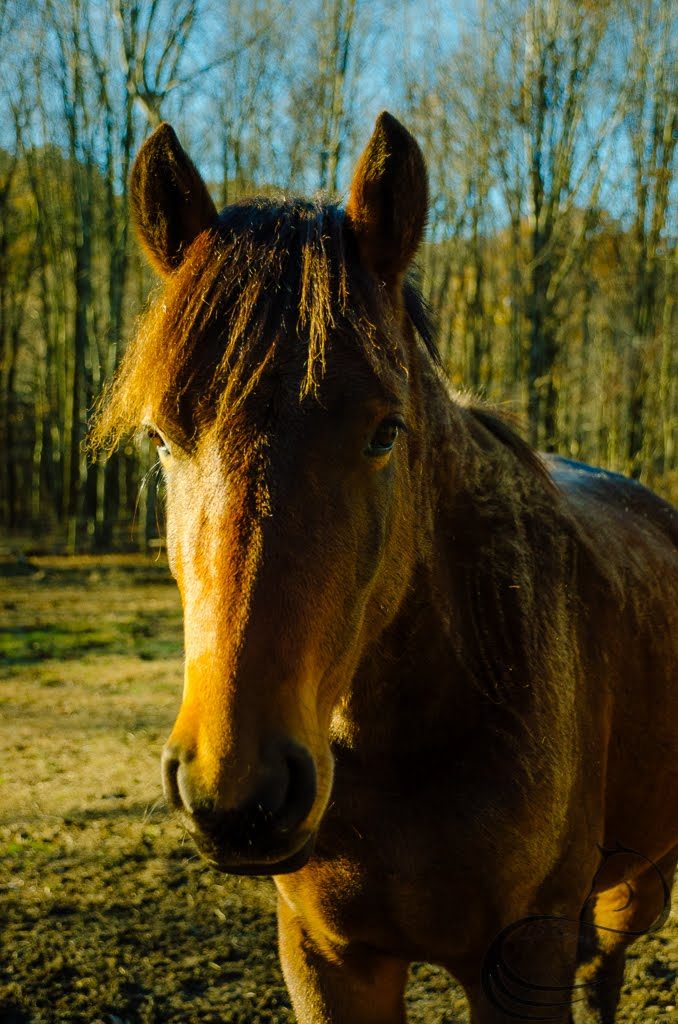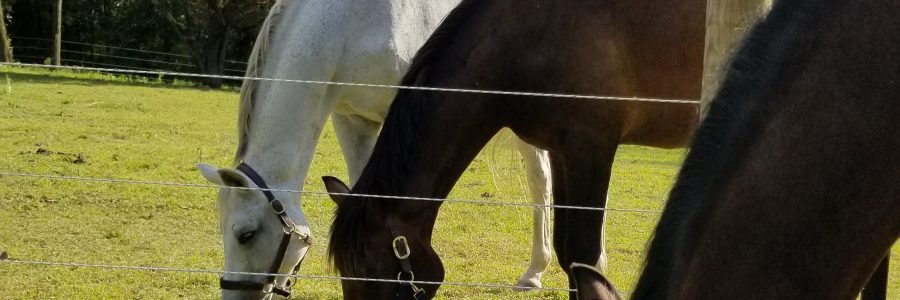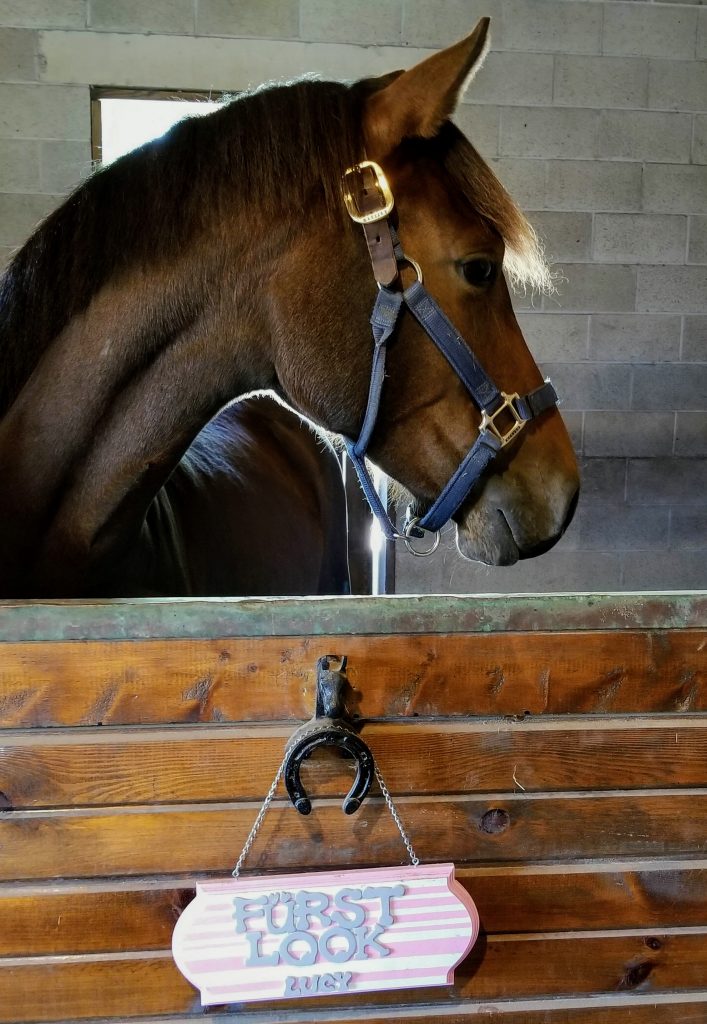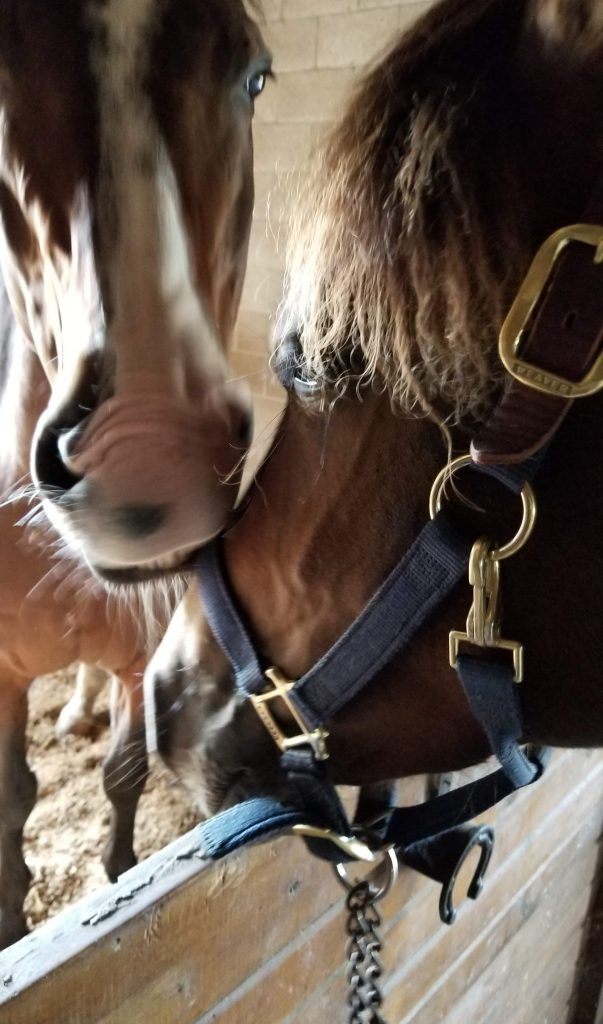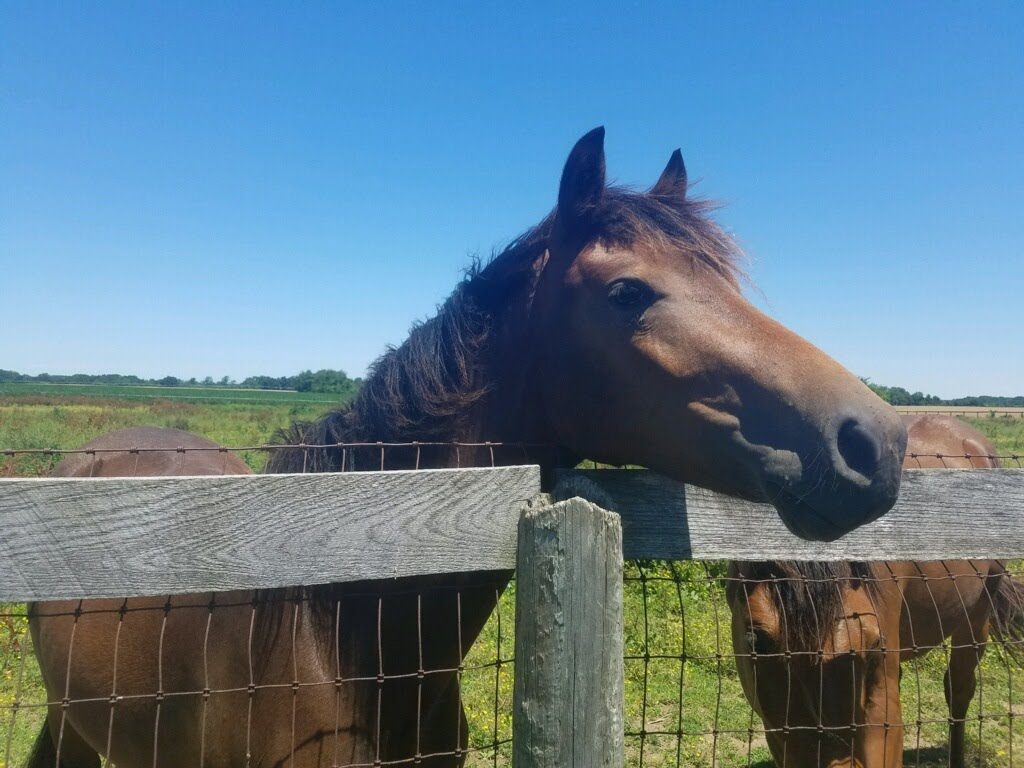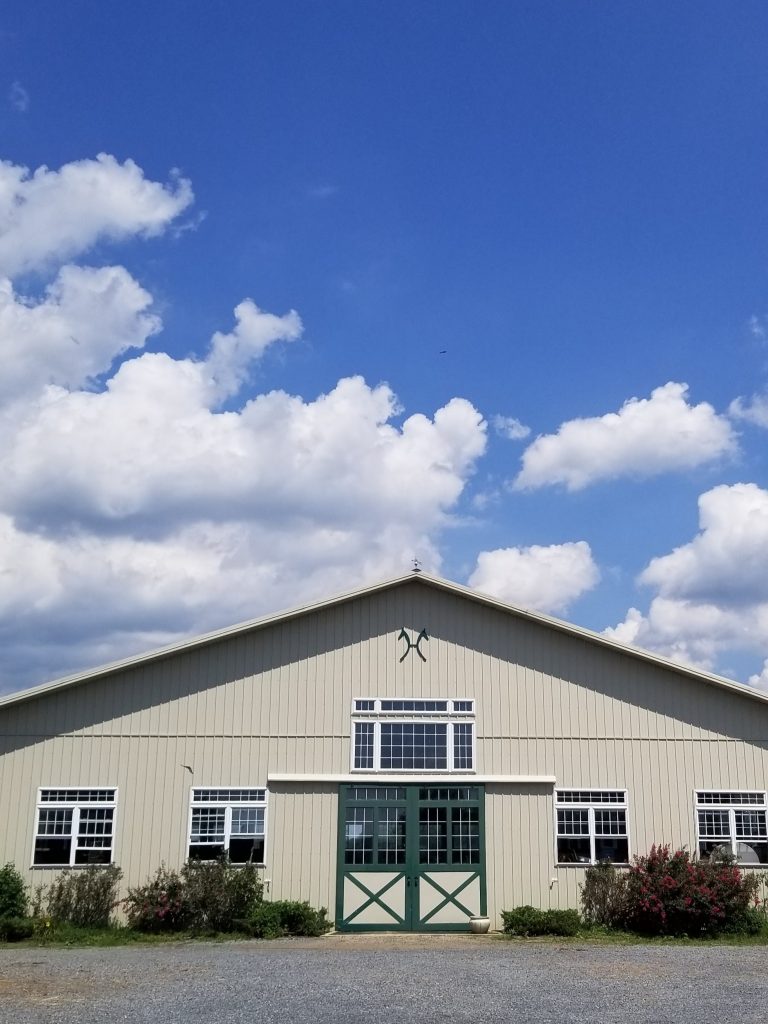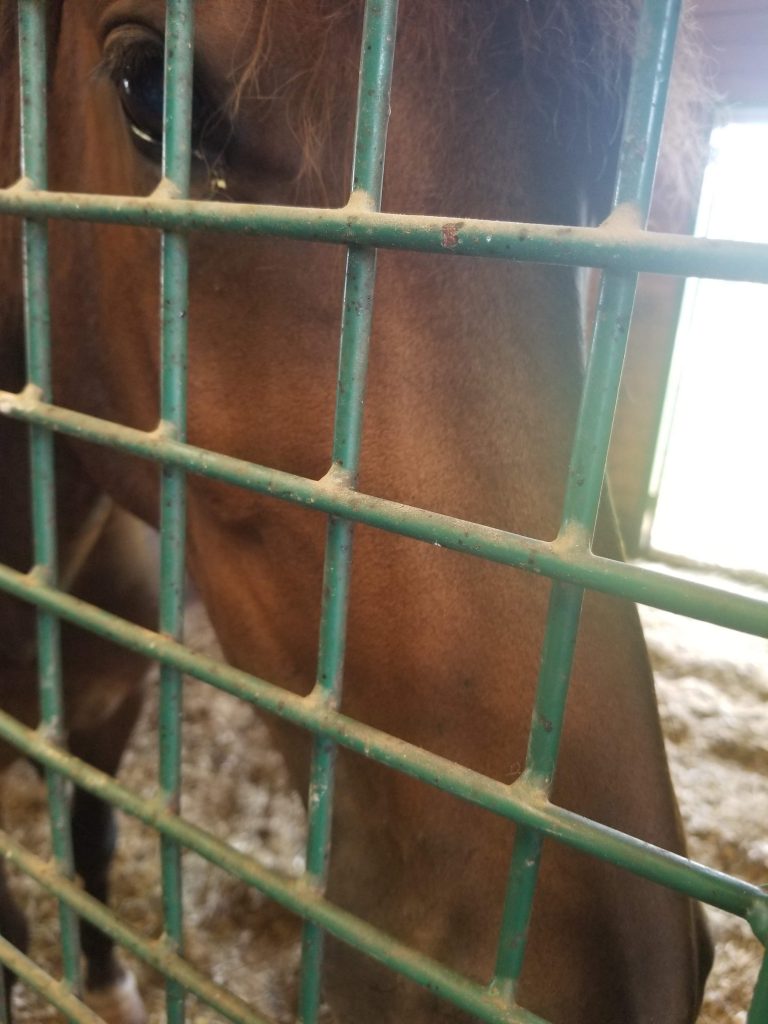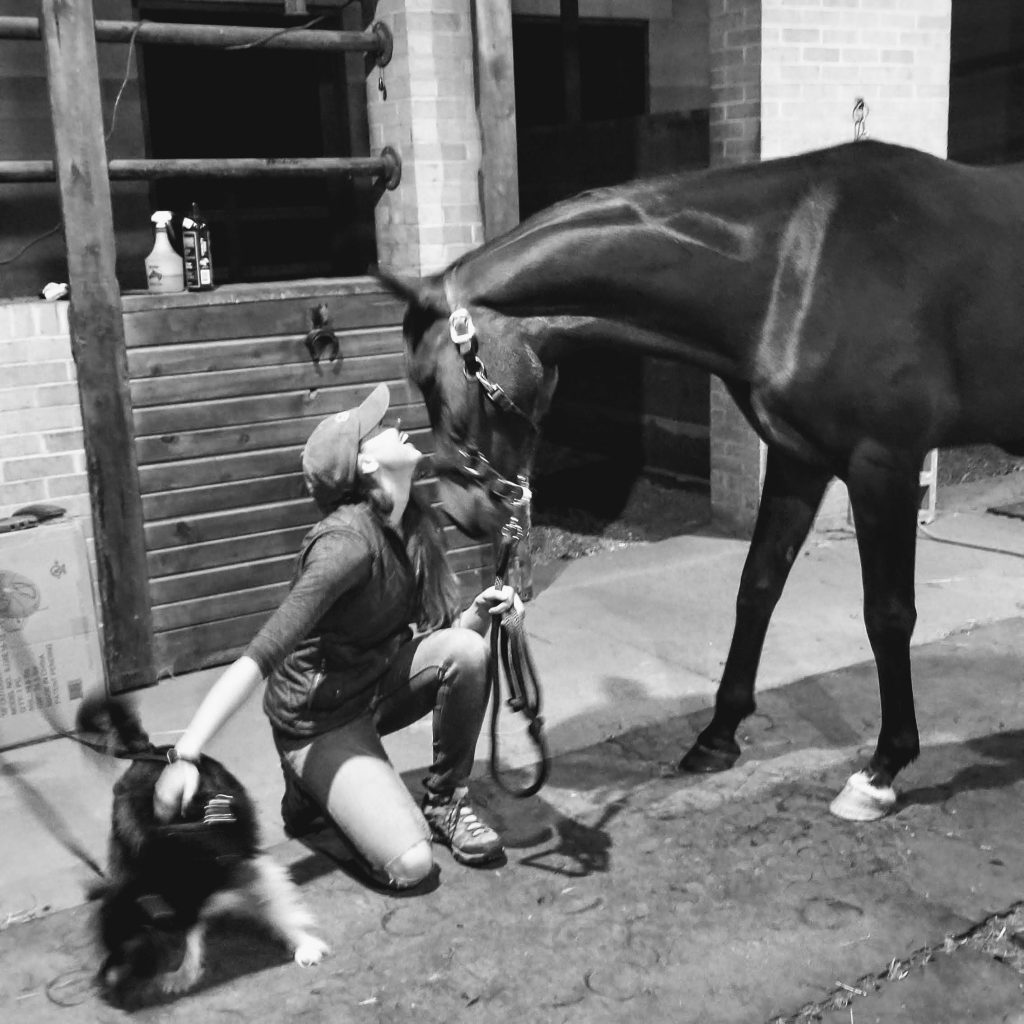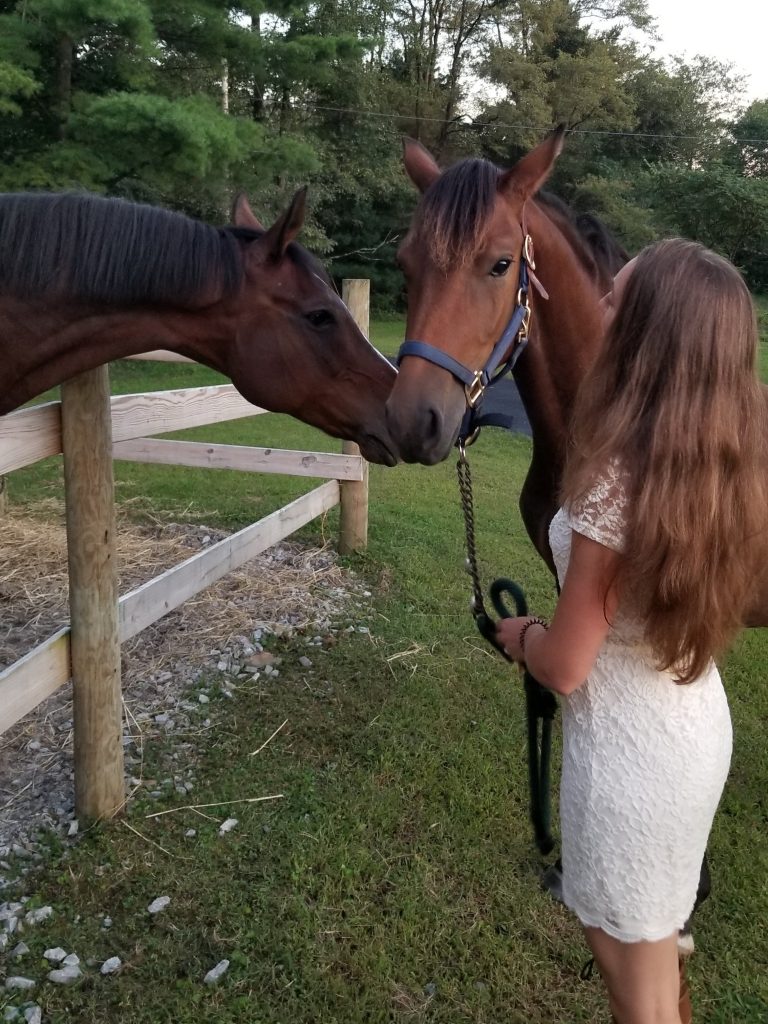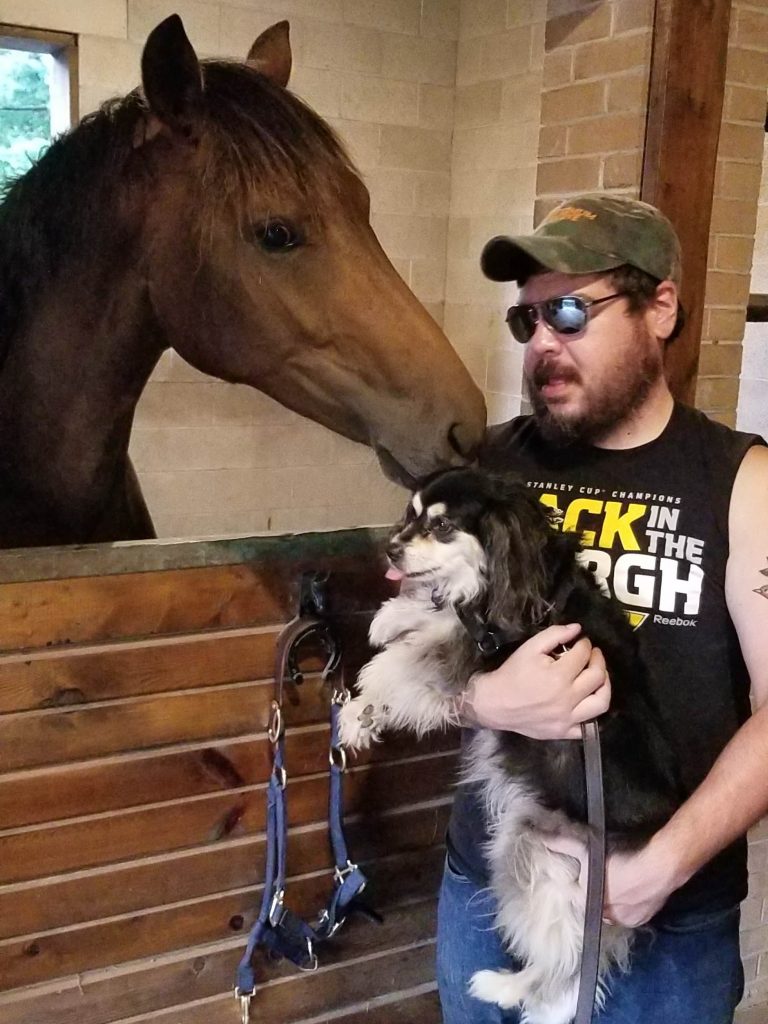I had my first riding lesson at the age of 5 as a birthday present. I don’t remember much of it, but I’m told that I was so scared that I cried, and it took half the lesson just to get me on the horse. At the end I cried when they made me get off the horse. That was all it took to get me hooked, that one 30-minute ride. My parents had no idea what they had signed themselves up for, though they were always supportive. When I started showing and we couldn’t afford show clothes, my mom would find boys suit jackets and dress shirts at the thrift store and tailor them to fit me. I took weekly lessons, did summer camps, and showed nearly every weekend during show season up until I was about 13. The only way that my family could afford this is through an education grant that we received because of my parents’ political activism.
While I have struggled with anxiety and depression for as long as I can remember, the year I turned 13 was the worst it had been in my short life. I nearly quit riding because I had so much anxiety about jumping and showing. My mom convinced me not to, and I ended up just switching barns to a therapeutic riding facility that allowed me to work off lessons. I was homeschooled so I spent five to six full days a week there for about two years. That was when they closed, and I had to find yet another place to ride. Luckily for me, I had volunteered to help with horses at a summer camp in the area and the equine director had grown up riding at a local barn. She referred me to them, and I have been riding and working there ever since.
My riding goals feel so far away right now. I haven’t even sat on a horse since May, as I was stuck in Montana over the summer due to COVID and have no vehicle here and no money to pay for lessons anyway. The last time I had a real lesson was January when I was back home for winter break. At some point in the future I would love to get into dressage, as jumping really isn’t my thing. I am also interested in training miniature horses for therapy or service work. I actually have a mini in my backyard at school who I am training for service as my senior project. There are extremely limited resources on methods for this though, so I’m basically making it up as I go along.
My long-term plan is to hopefully get a PhD in archaeology and spend some time working in the field. Eventually I am interested in teaching, which is why I want the PhD instead of a Masters. I am in my senior year of undergrad getting a degree in anthrozoology with an anthropology minor. I had intended to apply to grad schools this fall but my top choice is not accepting grad students this year, so I am taking a gap year and applying to all of the schools next year instead. In May I will be headed back to Virginia for the gap year, and hopefully continuing to work off lessons at the barn I normally ride at when I’m home. I have no idea where I’ll get in (or if I’ll get in) so after the gap year I’m not sure where I’ll be. I do know I will want to ride wherever I go.
I’ve already talked a bit about some of my challenges, but I’d like to mention one more thing. This has not been a challenge for me at my current barn, but I am worried that it could be in the future as I try out new places. I identify as bisexual. My barn at home is very accepting of me and I even brought a girlfriend there to see the horses a few years ago. I know that not every barn is as wonderful a place as mine, and that I will probably have to deal with homophobia and bigotry at some point in my riding career. I have been lucky enough to have had an accepting community in my teenage years, but I know that many do not. Stepping outside of that community is pretty scary, and I hope that being able to have a mentor as a resource will help to ease that transition.
